SD › California for Families
Updated: June 8, 2021
By Santorini Dave
See Also
- Our Favorite Family Hotels in San Francisco
- Our Favorite Family Hotels Los Angeles
- Our Favorite Family Hotels in Anaheim
- Our Favorite Family Hotels in San Diego
- Our Favorite Family Hotels in Santa Barbara
- Our Favorite Family Hotels in Palm Springs
The 17 Best Things to do with Kids in California
1. Golden Gate Bridge – San Francisco
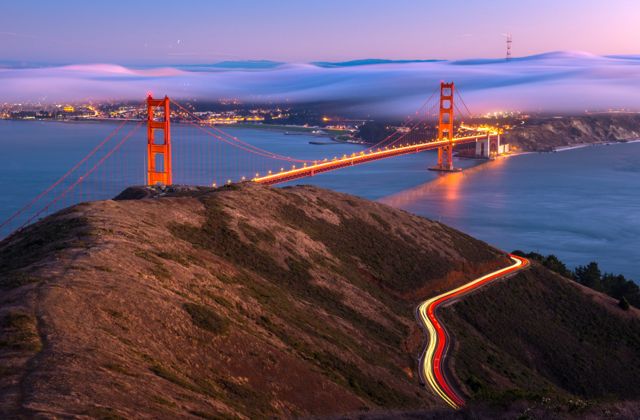
Open 7 days a week for pedestrians and cyclists. Opening hours.
2. Cable Car Museum – San Francisco
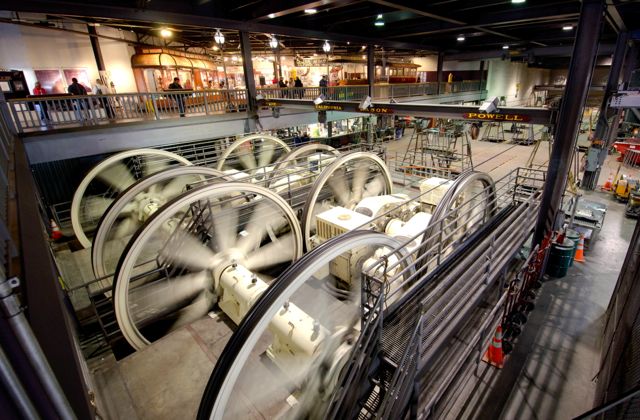
April 1 to September 30: 10am-6pm. October 1 to March 31: 10am-5pm.
3. California Academy of Sciences – San Francisco
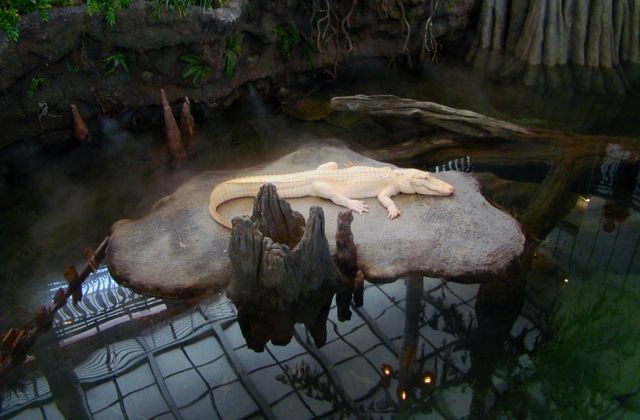
Daily 9:30am–5:00pm. Sunday 11:00am–5:00pm.
4. Exploratorium Museum of Science – San Francisco
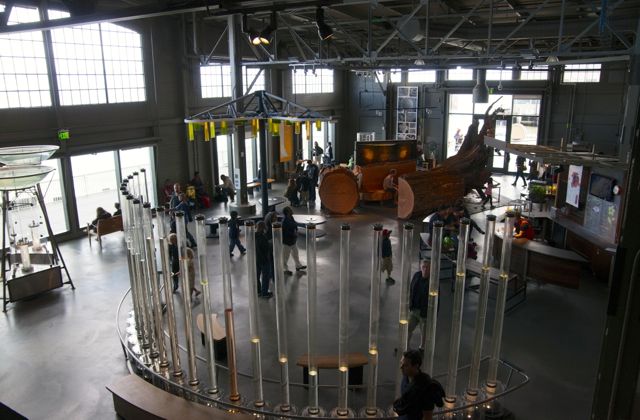
Tuesday–Sunday 10–5pm. Thursday evening (18+ only) 6–10pm. Closed Monday (except some holidays).
5. Muir Woods – Marin County
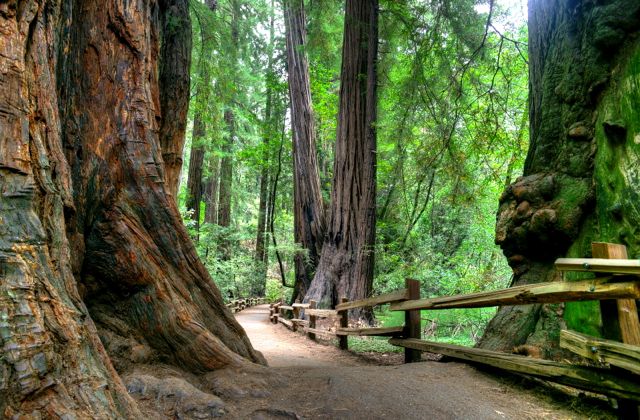
Park open every day at 8am. Closes at different hours depending on time of year.
6. California State Railroad Museum – Sacramento
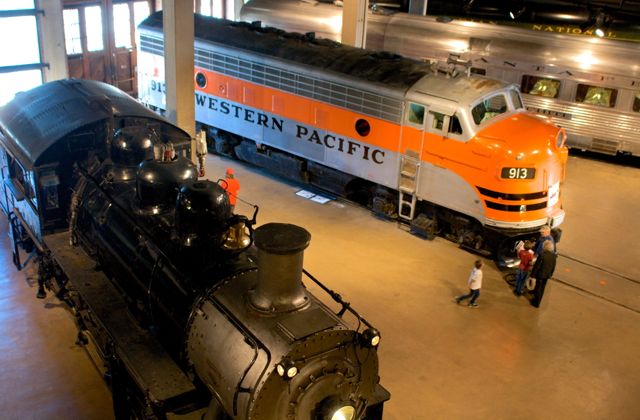
Open daily, 10am to 5pm.
7. Santa Cruz Beach Boardwalk
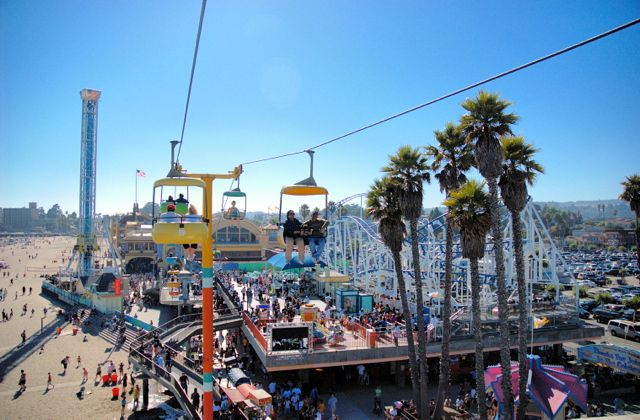
Open 11am to 11pm in summer. Open weekends for most other months. Full schedule here.
8. Monterey Bay Aquarium
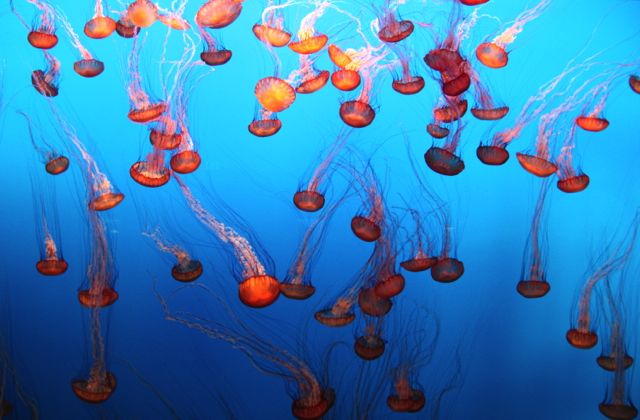
Summer/holidays: 9:30am-6pm. Summer weekends: 9:30am-8pm. Winter: 10am-5pm.
9. Natural History Museum – Los Angeles
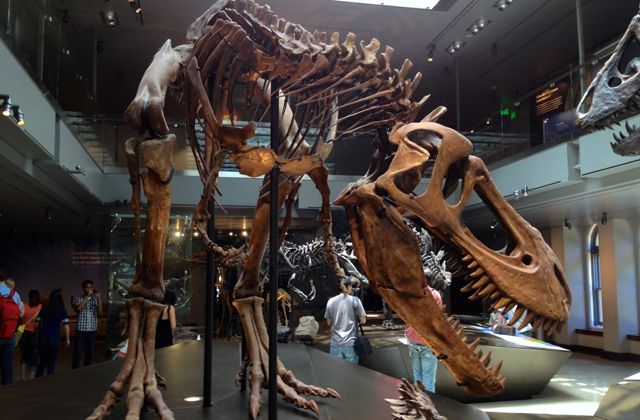
Open daily, 9:30am-5:00pm.
10. Disneyland – Anaheim (near L.A.)
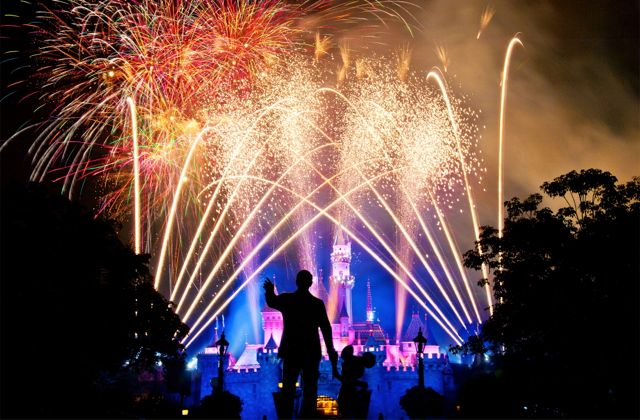
Open daily, hours vary by month.
11. Knotts Berry Farm – Buena Park (near L.A.)
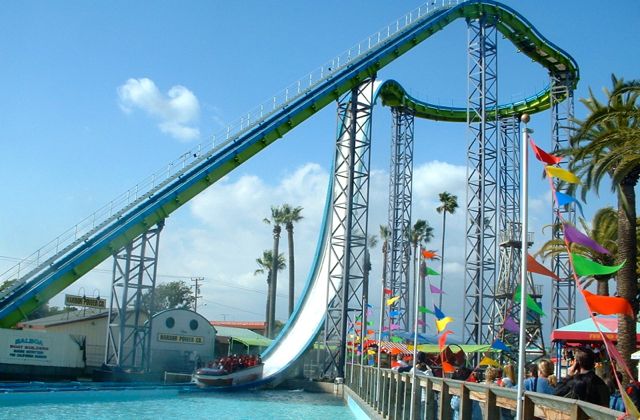
Open daily, hours vary by day and month.
12. Page Museum at the La Brea Tar Pits – Los Angeles
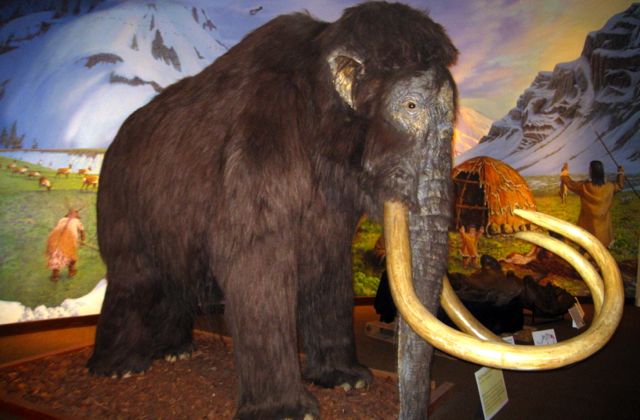
Open daily, 9:30-5pm.
13. Petersen Automotive Museum – Los Angeles
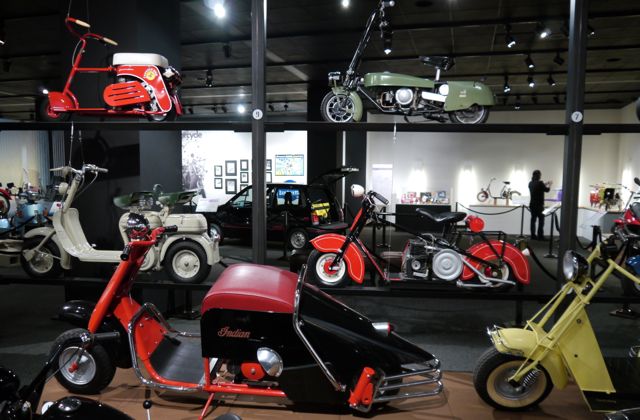
Tuesday to Sunday, 10am to 6pm. Closed Monday.
14. California Science Center – Los Angeles
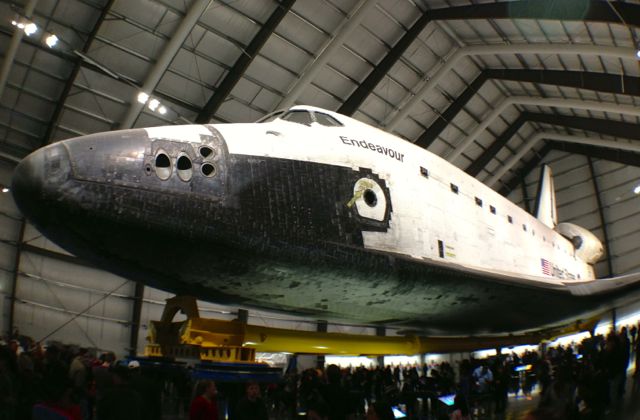
Open daily, 10am-5pm.
15. Legoland California – Carlsbad (near San Diego)
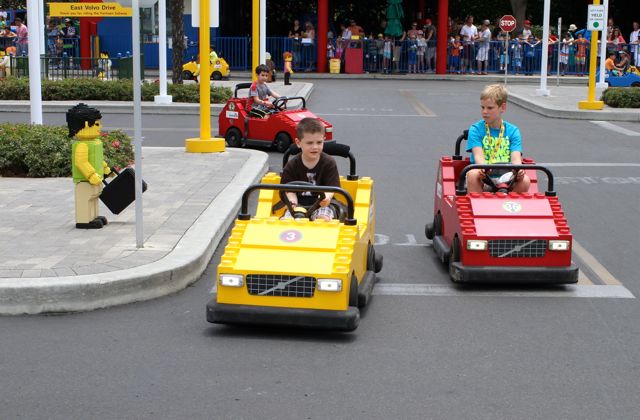
Open daily spring break, summer, and some holiday periods. Hours and schedule here.
16. San Diego Zoo
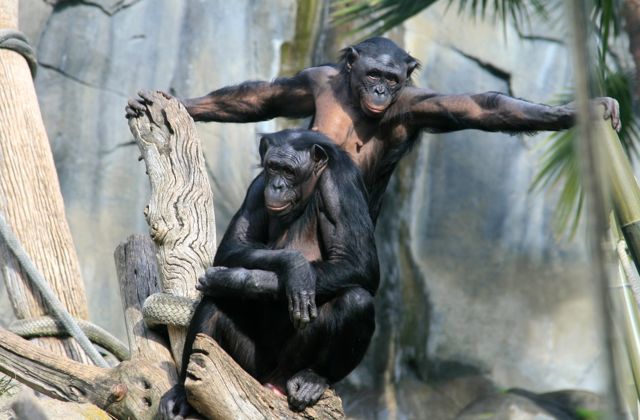
Open 365 days a year, hours vary by season.
17. San Diego Beaches
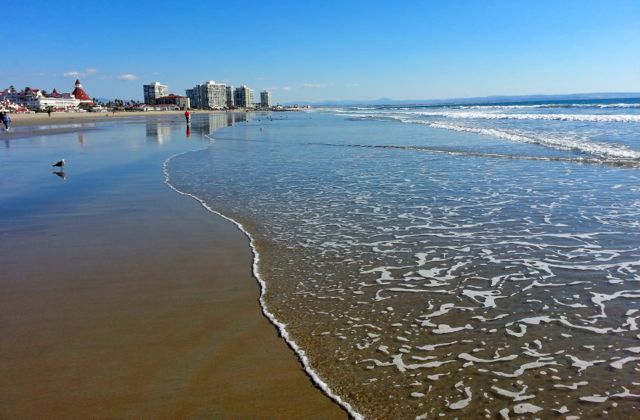
Beach swimming is possible from June to October. The warmest and best beach weather is in August and September.
About Santorini Dave